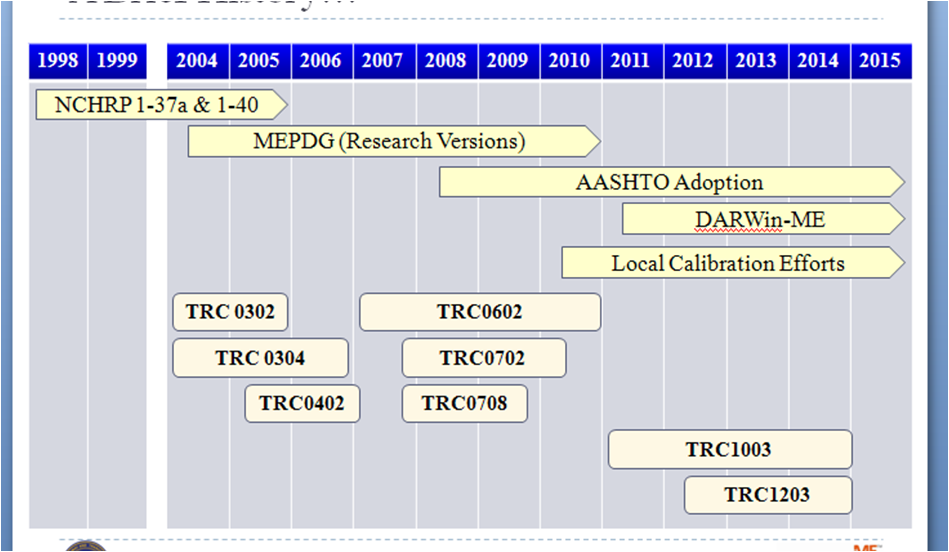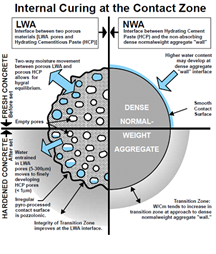TRC1201: |
|
TRC1202: |
| Design, Construction and Monitoring of Roller Compacted Concrete Pavement in the FSP |
|
Evaluating New Technology for Traffic Monitoring |
 |
|
 |
| The primary objective of this research effort is to thoroughly evaluate a number of rehabiliation strategies for the Fayetteville Shale Play area, and to determine which hold the most promise for providing adequate pavement structure while minimizing maintenance expenditures. |
|
The primary focus of this research is to determine which of two technologies would be most beneficial in estimating motorist travel times: Bluetooth traffic monitoring or side-scan radar. Both systems are to be co-located at a minimum of three locations on Interstate 40 between Conway and Little Rock. Average speeds between sites are to be determined with Bluetooth sensors; side fire radar will provide pint speeds, length and vehicle count at each location. Travel times can also be obtained using side-fire radar once calibrated with the proper algorithm. Monitoring will be supplemented with live network video. Additionally, all devices will be placed on the Department's network which will allow remote access and management. |
| Final Report |
|
Final Report |
|
| |
|
|
TRC1203: |
|
TRC1204: |
| Data Preparation for DARWin-ME |
|
Load and Resistance Factor Design (LRFD) Site Specific Variability in Laboratory and Field Measurements and Correlations |
 |
|
 |
| The primary objective of this project is to establish a workflow for AHTD to start implementing DARWin-ME for production and develop relevant technologies so that positive impacts of DARWin-ME will be fully exploited in pavement design, management, materials, construction, and traffic data collection. The long-term impact of this and other follow-up studies will be the establishment of a database infrastructure to support the entire pavement engineering activities of AHTD including traffic, materials, construction, pavement management, and others. |
|
The objective of this study is to determine the variance in reliability between the current site characterization techniques of field sampling conventional laboratory testing, as compared with state-of-the-art sampling, laboratory testing, and full scale field testing techniques. Three primary geological formations utilized in foundation support for structures will be investigated. These formations include: 1) bedrock material consisting of limestone, sandstone, and/or shale common in western and northern Arkansas, 2) clay deposits common in southwestern and eastern Arkansas, and 3) clay underlain by sand deposits common in northeastern Arkansas. |
| Final Report |
|
Final Report |
|
| |
|
|
TRC1206: |
|
TRC1207: |
| Internal Curing |
|
Cost/Benefit Evaluation Incentives Paid for ACHM |

|
|
 |
The research project will determine the appropriate content of lightweight aggregate per cubic yard of concrete required to reduce drying shrinkage without sacrificing the hardened concrete properties for standard paving and bridge deck mixtures. In addition to plastic and drying shrinkage, compressive strength, modulus of elasticity, and modulus of rupture will be measured for mixtures containing presoaked, lightweight aggregates. The project will examine both locally available expanded slate and expanded clay lightweight aggregate and possibly other sources of locally available lightweight aggregate. |
|
The main purpose of this project is to continue collaborating with the Northwest Arkansas Regional Planning Commission in developing the Travel Demand Model project. The main goals of this project are to assist and work with the Northwest Arkansas Regional Planning Commission in developing and using GIS methods and techniques that would help with the completion of the Travel Demand Model |
| Final Report |
|
Final Report |